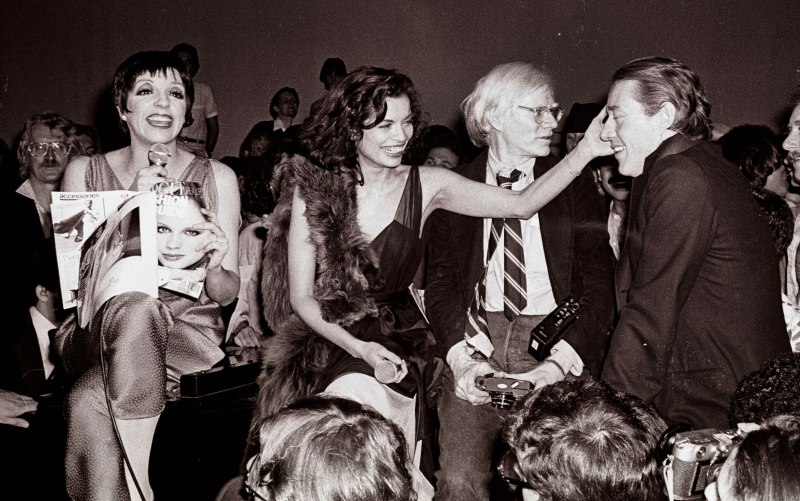You walk out into Mayfield Avenue and feel the cold air embracing you. Who do you credit for the Saturday night fever you just had — the awesome DJ who plays your favorite Muse song remix? Or your smart and beautiful roommate who convinces you to put away the Socratic dialogues?
Just don’t forget Steve Rubell and Ian Schrager, men who redefined fun nights, disco culture and clubs. The legend of hedonism in Studio 54 grows more and more mystical as time passes: How unlucky we are, not born in the 70s! Good news: Matt Tyrnauer’s documentary “Studio 54” gives you a peek of it.
In the documentary, we witness how this infamous nightclub was built from bits. Director Tyrnauer touches on the relationship of the co-owners and explains how Studio 54 was conceived. He interviews Ian Schrager and includes stock footage featuring Steve Rubell. The co-owners are distinct in their personalities: “Stevie” was described as the social butterfly while Ian played the role of the hero behind the scenes. In the old interviews, young Rubell showcases his personal charm. The heat radiating from his words and smile is visceral. In Tyrnauer’s recent interview, Schrager still seems shy and reserved. When he speaks of his old life, a nostalgic melancholy clings to his tone. By discussing both founders, Tyrnauer demonstrates that they were a wonderful duo, like those depicted in Beat generation road trip novels. Death has cruelly torn them apart, ending this legendary partnership. Yet, because Tyrnauer combines stock footage of Rubell with new material about Schrager, it feels like there is a dialogue going on between them, breaking the boundaries of time and death.
Tyrnauer is also able to create a miraculous balance between the rigorous nature of documentary and the ecstatic essence of the subject. He puts an extraordinary focus on the detailed design for the studio and explores its theatrical quality. Every party held in the studio was an extravagant, inviting experience that touched all of the people who participated. The audience became actors and actresses. Interestingly, the documentary itself shares this kind of “theatrical quality”. By starkly juxtaposing old black-and-white photos with intense flashes of colorful images, designed to recreate the lighting of Studio 54, the documentary draws us into this surreal heat. It includes antique photos of people lining up in front of the door of the studio and anxiously anticipating the opening of the “dam into paradise,” interviews of men and women under the flashlights exposing their secret beauty and hidden desires, audio recordings with a slightly distorted, enchanting voice inside talking about sex, revolutions, escapism and balconies. Famous faces also appear in the documentary — Andy Warhol, Elton John, Michael Jackson. It’s a fun experience spotting them.
However, as the documentary intends to give an overview of Studio 54, it just brushes on the deep cultural topics behind the grotesquely beautiful scenes of naked and half-naked bodies. Tyrnauer exhibits old footage of orgies inside the club. While these images recreate the revelry for the audience, they distract them as well. The documentary addresses the revolutionary and subversive nature of Studio 54 and shows its connection to the queer culture in the 70s, but fails to provide the political and historical context in a detailed way. Therefore, the audience does not understand how Studio 54 functioned as a “safe haven” for many. As for the downfall of this disco empire, the documentary is more descriptive rather than analytic, which gives us a sense that there are still stories untold. The documentary could’ve been heavier, but it chooses a lighter touch. If you are expecting to learn about some secret, scandalous history inside the studio, this documentary is probably not your best choice. In one sentence, “Studio 54” is more about the studio itself, not the people.
Overall “Studio 54” is not a tedious piece of documentary. See it as a 90-minute journey back in time and a virtual experience of 70s celebrities’ nightlife — a perfect escape during midterm week.
Contact Simone Zhu at szhu22 ‘at’ stanford.edu.
